Baking Soda Makes Flowers Bloom and Fuller? 10 Best Garden Hacks Most Don’t Know
Gardening is both an art and a science — it requires a delicate blend of knowledge, patience and creativity. While many gardeners turn to commercial fertilizers and chemical treatments, there are numerous natural, household-based alternatives that can boost plant growth, improve health and reduce costs. These low-cost DIY tips, if used smartly, also promote a more sustainable approach to gardening.
In this article, we’ll explore ten of the best garden hacks that many people either don’t know about or misuse. From the much-talked-about baking soda to less obvious tricks with milk or aspirin, we’ll cover how to apply each, when it works (and when it doesn’t), plus real sourcing so you can judge for yourself.
1. The “Magic” of Baking Soda for Blooms
One of the most popular home hacks: using baking soda (sodium bicarbonate) to encourage fuller blooms in flowering plants. Some gardeners claim that by dissolving about 1 tablespoon baking soda in a gallon of water and watering monthly around bloom-plants (geraniums, begonias, hydrangeas), you can make the soil less acidic and therefore more favourable for certain flowers.
It also appears in fungicide recipes: e.g., one teaspoon baking soda + quart water + dish-soap = spray for powdery mildew or rose black spot. (See e.g., PlantTAGG’s “8 Powerful Ways to Use Baking Soda in Your Garden” which includes fungal control and bloom-boost claims.) PlantTAGG+1
But here’s the nuance and caution:
-
According to gardening-know-how sources, while baking soda can help fungal issues and modify pH, the bloom-boost effect is not strongly scientifically proven. Overuse of baking soda may raise soil salt levels and pH too much, harming plants. The Spruce+1
-
It works only for plants that prefer alkaline soil; using it in acid-loving plants (azaleas, blueberries) may inhibit nutrient uptake. (The Spruce notes “a handful of ornamentals prefer alkaline soil… sprinkling baking soda around base… only with those plants.”) The Spruce
-
It’s best treated as a supplemental tool, not as a replacement for fertilizer or proper soil care.
Our take: Yes — you can use baking soda to nudge conditions for bloom-plants in the right situation, but treat it with caution.
Suggested use: 1 tablespoon per gallon water monthly for alkaline-preferring flowering plants; test small area first; monitor soil pH over time.
2. Epsom Salt for Greener Leaves
Epsom salt (magnesium sulphate) is often promoted as a source of magnesium, a key mineral in chlorophyll that helps plants remain green and photosynthesize efficiently. For example: dissolve ~2 tablespoons in a gallon of water and spray foliage every two weeks, or sprinkle a tablespoon around tomato/pepper bases monthly to correct magnesium deficiency.
This hack is widely cited in vegetable-garden advice. For greener leaves and robust growth, magnesium can be a limiting nutrient.
Note: Don’t overdo it — a full soil test helps identify whether your plants are magnesium deficient in the first place.
3. Coffee Grounds to Enrich Soil
Used coffee grounds are rich in nitrogen and beneficial organic matter. Sprinkle them around the base of plants or mix into compost piles. They can also subtly improve soil structure and drainage. Additionally, grounds may deter slugs/snails because of their texture and caffeine.
But: use in moderation, because too many grounds can make the soil overly acidic (depending on initial pH). Balance appropriately.
4. Eggshells as Natural Fertilizers + Pest Deterrents
Eggshells provide calcium (and minor trace minerals) and — when cleaned, crushed and mixed into soil — can support plant cell strength and root health. They also add aeration when used as part of a mix. Some gardeners scatter them around plants to discourage slugs/snails by using the sharp texture.
This is a good low-cost “waste-to-garden” hack that aligns with sustainable gardening practice.
5. Vinegar for Weed Control
White vinegar (acetic acid) acts as a natural, non-synthetic weed killer in many home-garden contexts. Fill a spray bottle with white vinegar and apply directly to weed leaves—beware: it will also hurt desirable plants. For tougher weeds, some advise mixing one cup salt + tablespoon dish soap + gallon vinegar for stronger effect.
Important: use with extreme care, because vinegar kills indiscriminately and repeated use alters soil.
6. Banana Peels for Rose (and Flower) Fertilization
Banana peels are rich in potassium, a nutrient that supports strong flowering, cell-wall integrity and disease resistance. For roses (or other heavy bloomers) you can chop banana peels and bury near the root zone, or soak peels in water to create a “banana-peel tea” and use the liquid for watering.
This is a gentle, organic way to supplement potassium — especially useful in flower gardens rather than high-volume veggie plots.
7. Mild Dish Soap as a Natural Insecticide
A mild dish soap spray (e.g., 1 tablespoon dish soap in a quart of water) can be used as a low-toxicity insect control tool (aphids, whiteflies, spider mites). It works by breaking down the protective outer layer of soft-bodied insects so they dry out.
Caution: Use only mild, non-degreaser soap; test on a small area first because some plants are sensitive.
8. Cinnamon for Fungal Protection & Ant Deterrence
Cinnamon powder has natural antifungal properties and can also help deter ants. Use: sprinkle around the base of seedlings to prevent “damping-off” disease; or dust onto soil or leaf surface as light preventative. For ant deterrence: line cinnamon around beds or pots to discourage ant trails.
While not a full substitute for professional fungicides, it is an interesting “hack” addition.
9. Aspirin (Acetylsalicylic Acid) for Plant Immunity
Some studies suggest aspirin dissolved in water (e.g., 1 tablet per gallon) may help trigger a plant’s defence responses and improve disease resistance. Gardeners sometimes spray such solutions every 3-4 weeks.
However: this is more experimental, the evidence is limited, and overuse might disturb natural plant hormone balances. Use sparingly if at all.
10. Milk as a Natural Fungicide and Foliar Support
Milk diluted (e.g., 1 part milk : 2 parts water) then sprayed every 10-14 days has been shown (in some research) to help control powdery mildew in cucurbits, squash and some ornamentals. The proteins in milk appear to support beneficial microbes and act lightly antiseptic.
It’s a low-risk, familiar kitchen hack and is gaining more support among organic gardeners.
Bonus Hack: Hydrogen Peroxide for Root Health
Though less “household” than coffee grounds or eggshells, hydrogen peroxide (3%) diluted (e.g., 1 part H₂O₂ to 2-3 parts water) can help increase oxygen in the root zone, especially in poorly drained soils. Use weekly or biweekly watering for plants prone to root-rot. Also can be used to disinfect seeds (soak them in H₂O₂ solution) before planting.
Use carefully — high concentrations can damage roots.
Putting It All Together: Smart Use of Hacks
-
Test soil first: Before altering pH (e.g., with baking soda) or adding mineral supplements (Epsom salt, banana peels), a simple soil test helps you know what your plants need.
-
Start small: Apply a hack in one bed or pot first, then watch results. If plants react badly (yellowing, wilting, build-up of residue), stop immediately.
-
Know your plants: Hacks that help alkaline-loving flowers may hurt acid-loving ones. For instance, baking soda may help hydrangeas that like higher pH, but hurt azaleas. (The Spruce warns this explicitly.) The Spruce+1
-
Avoid overuse: Many hacks involve “salt‐like” compounds (baking soda, Epsom salt, banana potash) which in excess can damage root function, alter soil structure, raise pH too much, or cause nutrient imbalances. (BHG article on baking soda warns of salt build-up and nutrient lock-out.) Better Homes & Gardens
-
Use alongside good garden practice: These hacks should complement — not replace — basic care: proper light, good drainage, correct fertiliser, pest monitoring, clean tools, appropriate watering.
-
Track results: Make notes (date, what you did, plant response) so you can refine your approach year to year.
Summary Table of Hacks, Use-Case & Caution
| Hack | Use-Case | Key Caution |
|---|---|---|
| Baking Soda | Encourage blooms in alkaline-preferring plants; fungicide spray | Overuse = salt build-up, harm to acid-loving plants. |
| Epsom Salt | Fix magnesium shortage, greener leaves | Only if deficiency confirmed; can over-fertilise. |
| Coffee Grounds | Add organic matter, mild pest deterrent | Too much may acidify soil excessively. |
| Eggshells | Source of calcium, aeration, pest barrier | Slow to decompose; not substitute for balanced fertiliser. |
| Vinegar | Weed-killer in cracks/paths | Non-selective; can harm desirable plants; alters soil. |
| Banana Peels | Potassium supplement, flowering plants | Needs burial or "tea"; expects slow benefit. |
| Dish Soap Spray | Low-tox insect control (aphids etc) | Too strong soap or degreaser = plant damage. |
| Cinnamon | Ant deterrent; fungal prevention for seedlings | Mild effect; not sole solution for heavy infestations. |
| Aspirin Solution | Minor immune boost in plants | Experimental; use sparingly. |
| Milk Spray | Powdery mildew control for cucurbits and some blooms | Requires repeated application; not universal. |
| Hydrogen Peroxide (Bonus) | Root-oxygenation in damp soils | Strong solution can damage roots; drain/vent soil needed. |
Final Thoughts
These “kitchen-cabinet gardening hacks” are fun and useful, but they are not miracle cures. The best results come when you combine the right hack with solid garden fundamentals: correct soil, correct pot or ground conditions, balanced feeding, and attentive watering and light. For instance, if you use baking soda to boost blooms, you must still provide sunlight, proper fertiliser, and good water management. If you use milk spray for mildew, you must still manage humidity and air circulation.
If nothing else, the value of these hacks is that they make you think about what your plants need rather than just what you hope an internet tip will deliver. So explore them, test them, monitor your garden, and discard the ones that don’t work for your conditions.
News in the same category
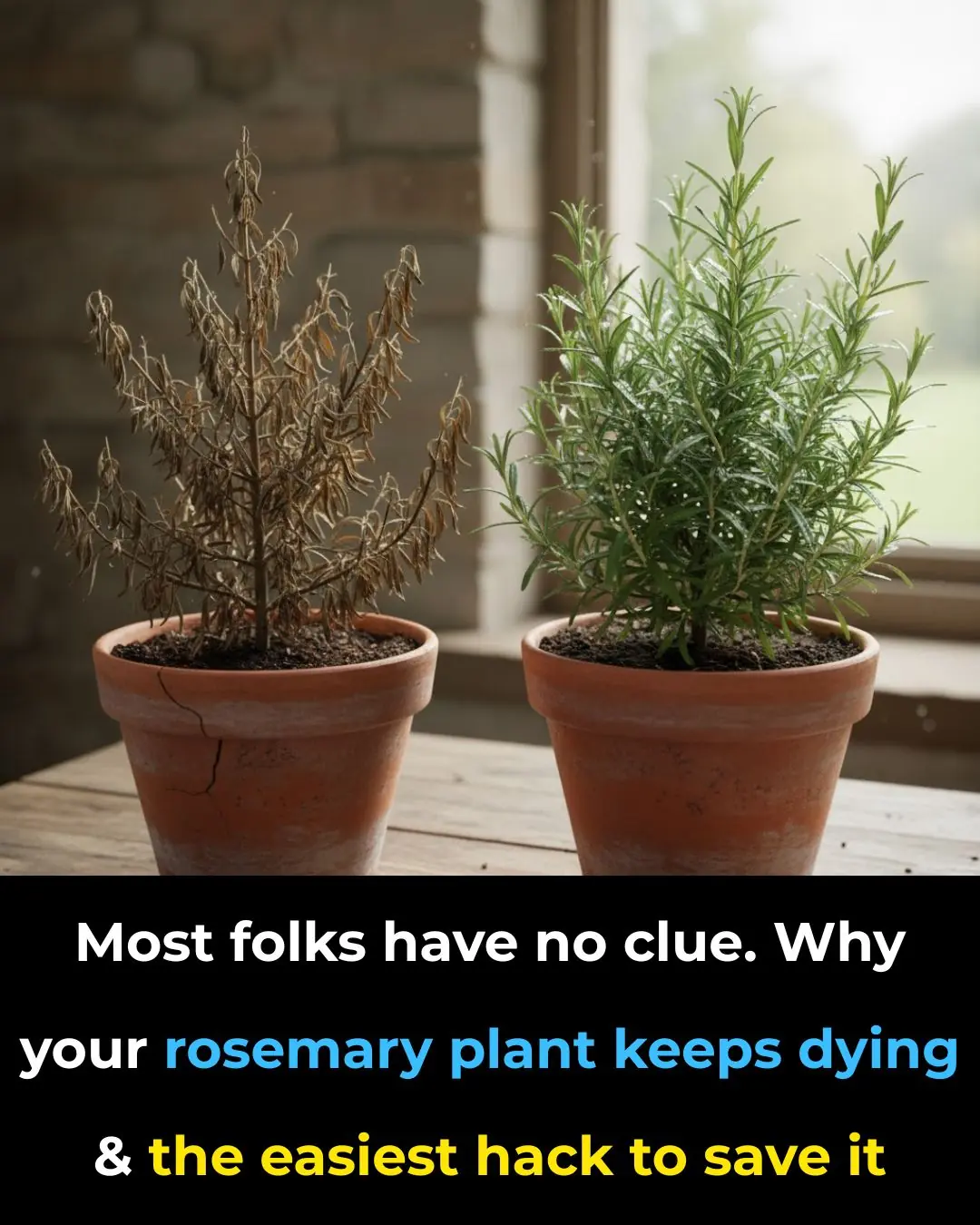
Why Your Rosemary Keeps Dying — And The Easiest Hack To Save It

Quentin Tarantino’s foot fetish rumors are here again — thanks to Uma Thurman’s daughter

Singer Jelly Roll claims he was ‘treated like a criminal’ in Sydney Louis Vuitton store

Meghan Markle makes shocking return to acting 8 years after quitting Hollywood: report

Louise Redknapp's health battles including 'worst condition doctors had seen'

Selling Sunset’s Chelsea Lazkani tears up after brutal Mary snub

This New Jersey Woman Plants Nursery Inside An Abandoned Police Kiosk

Jennifer Aniston Finally Addresses Rumor She Had Affair With Barack Obama

Do You Think Like an FBI Agent
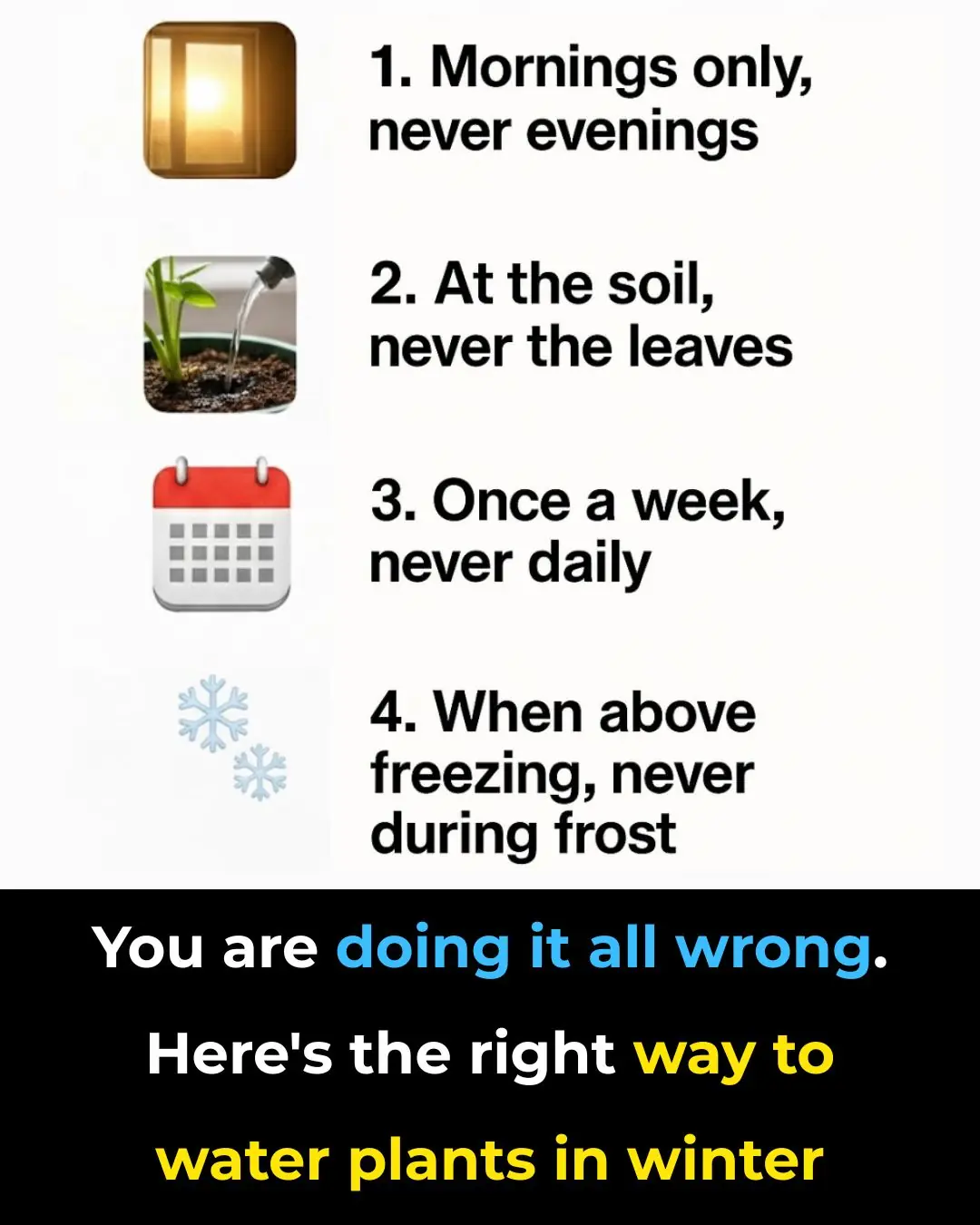
You Are Doing It All Wrong. Here’s the Right Way to Water Plants in Winter
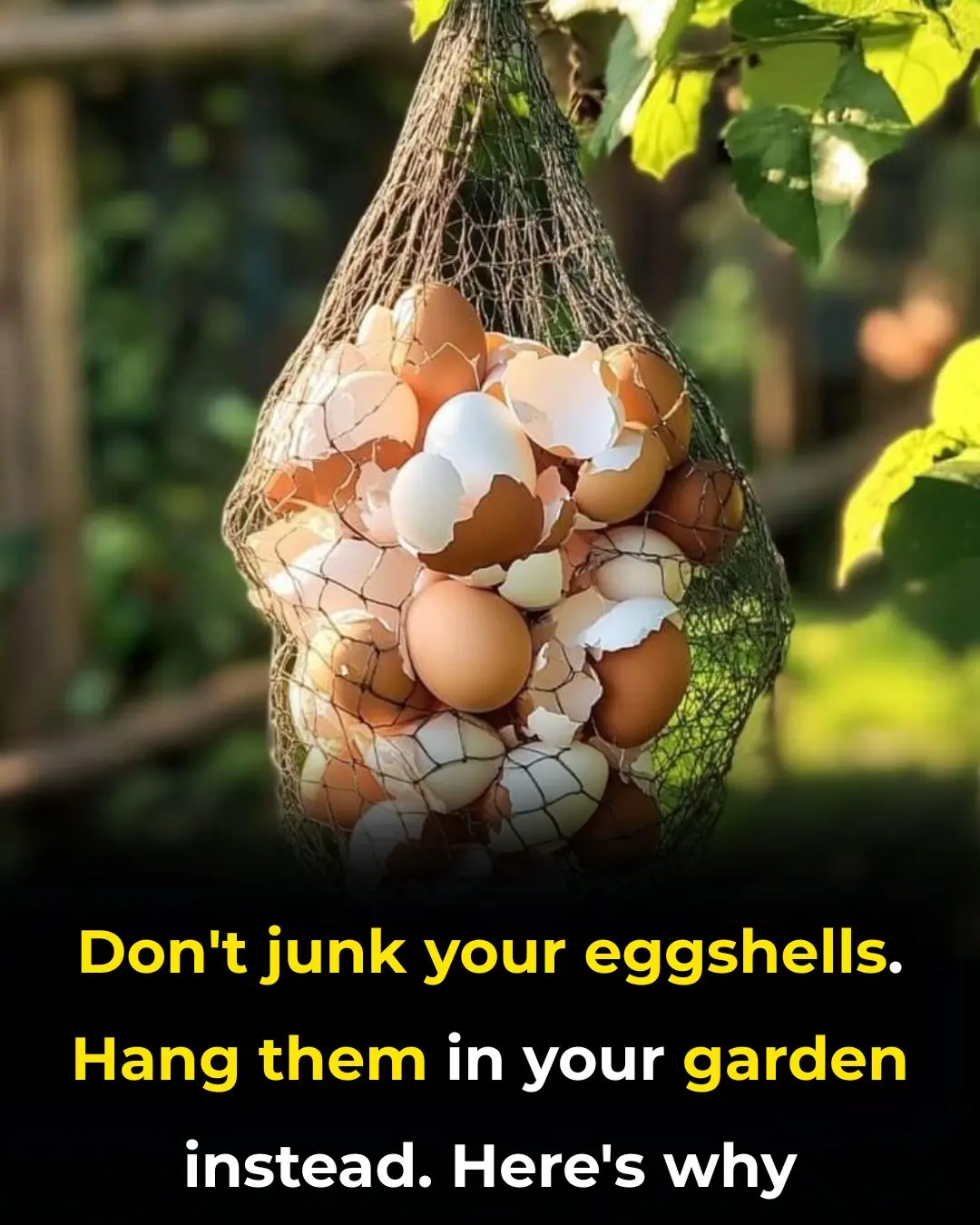
Don’t Junk Your Eggshells. Hang Them in Your Garden Instead. Here’s Why
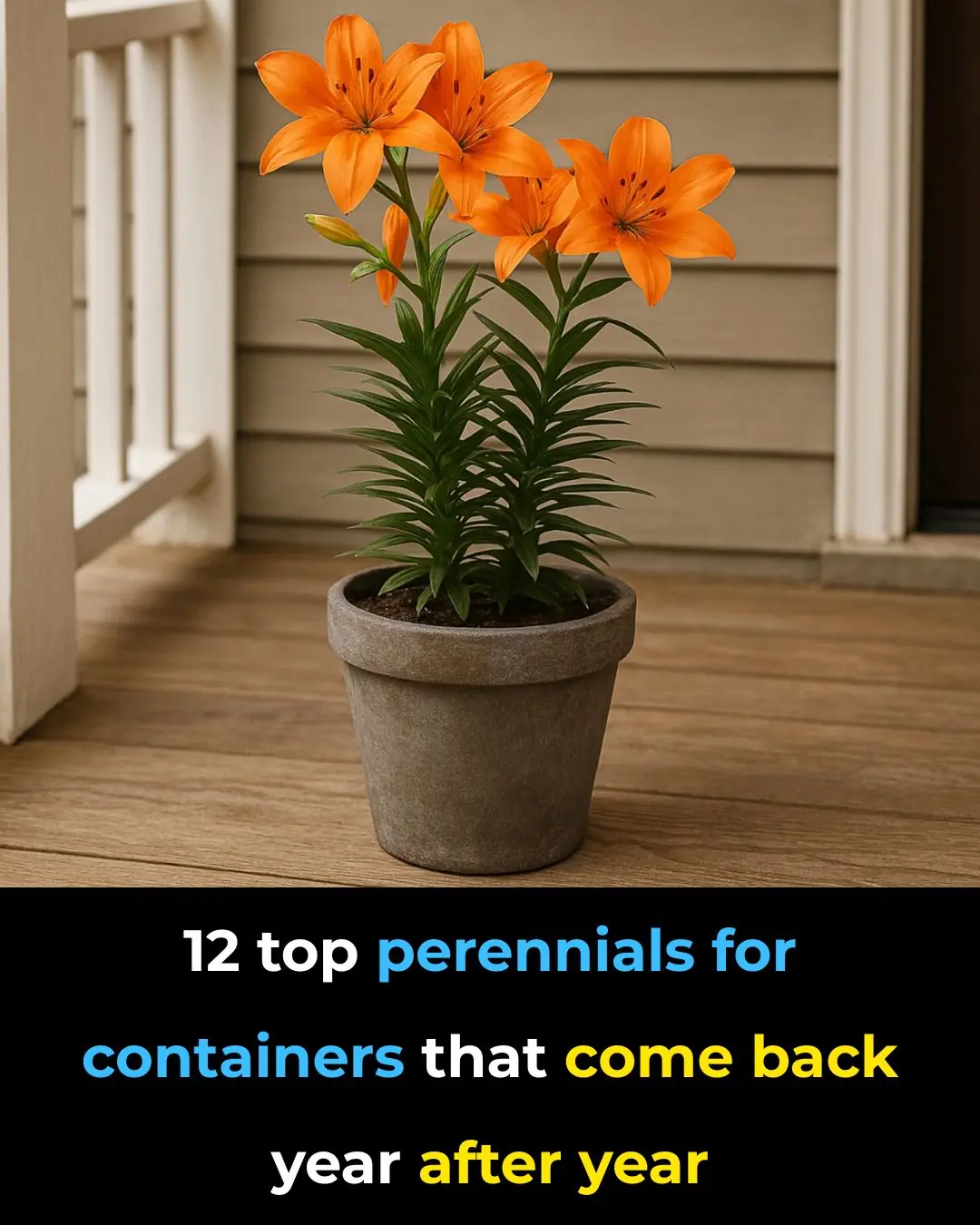
12 Top Perennials for Containers That Return Year After Year
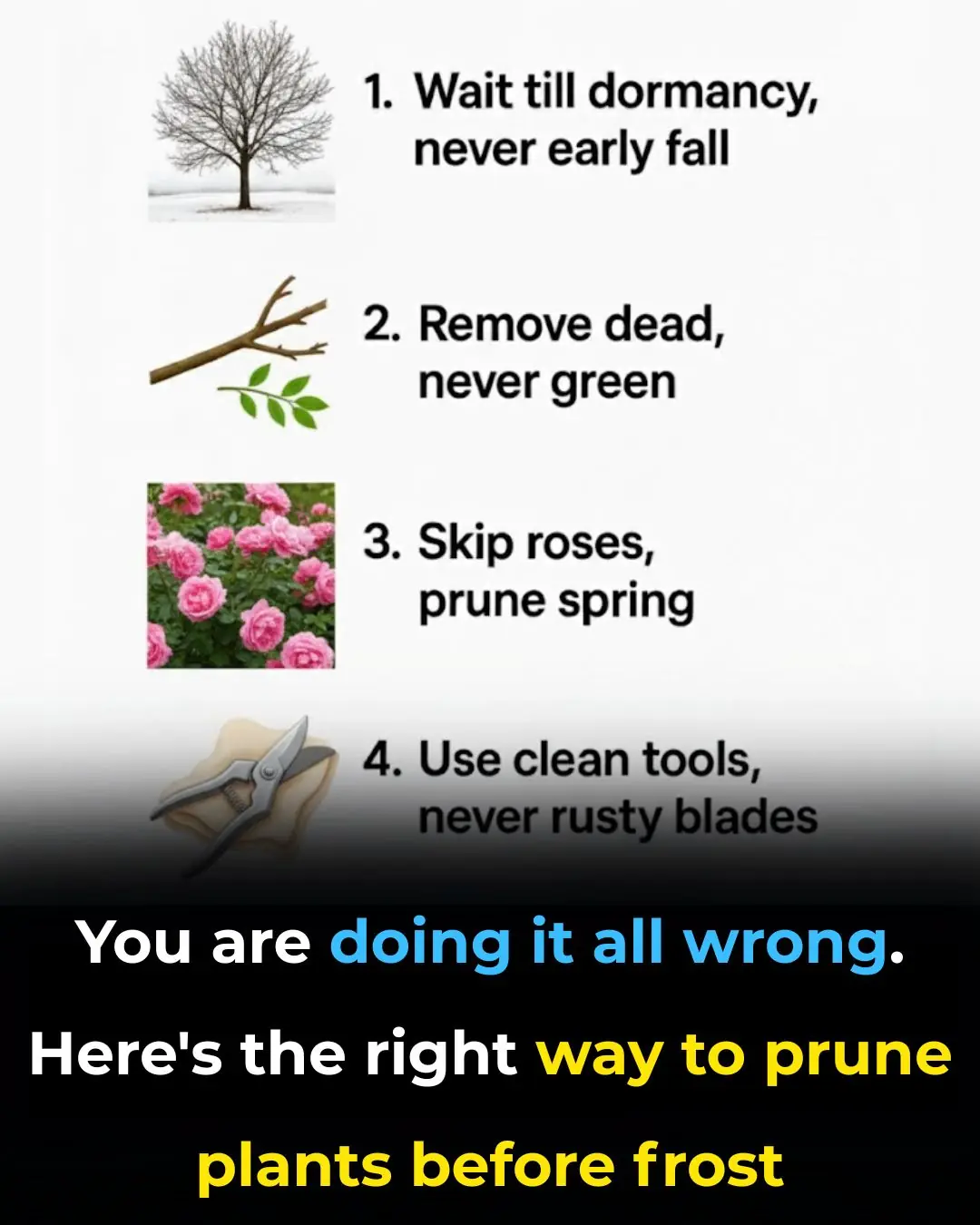
You Are Doing It All Wrong. Here’s the Right Way to Prune Plants Before Frost

My nana taught me this hack to make orchids rebloom fast in 5 minutes with 0 work — here’s how it really works

Angela Witherspoon Is Downsizing. See What She’s Asking for John Witherspoon’s L.A. Estate

Kevin Hart Calls His Friend Investments ‘An Endless Pit of Bankruptcy.’ And He’s Not Joking

Meet The First Black Woman To Earn a Ph.D. in Neuroscience from the University of Rochester

Strictly Come Dancing fans desperate to know if Vito Coppola is married as he and Ellie Goldstein leave show
News Post

Natural Ways For Breast Enhancement

Why You Should Toss a Water Bottle Under Your Hotel Bed?

The Golden Morning Elixir That Melts Joint Pain Like Butter – One Cup Daily Unlocks Pain-Free Movement in Just Days!
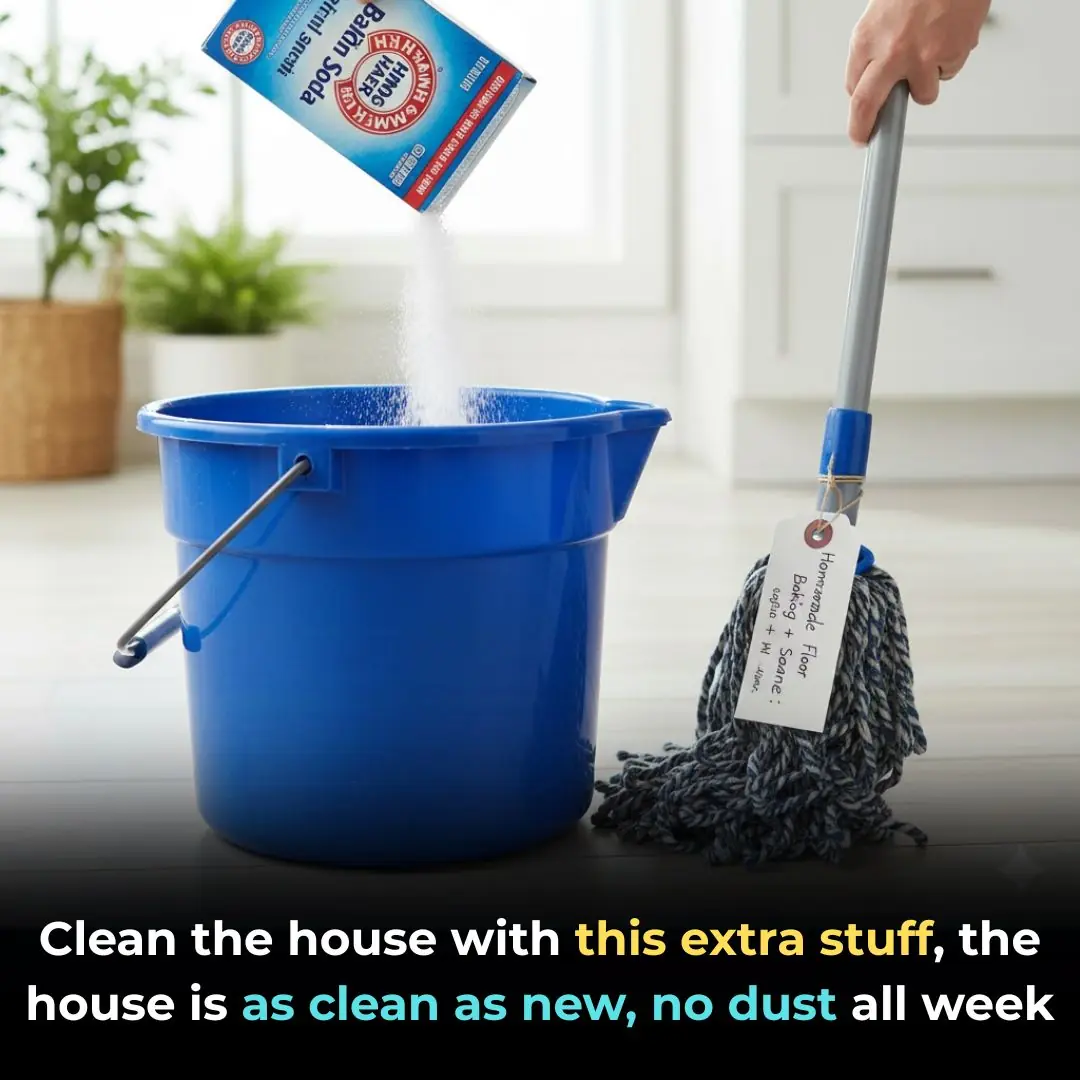
The mop soaks this into the water.

4 Ways To Erase Age Spots with Baking Soda for Youthful Even Skin
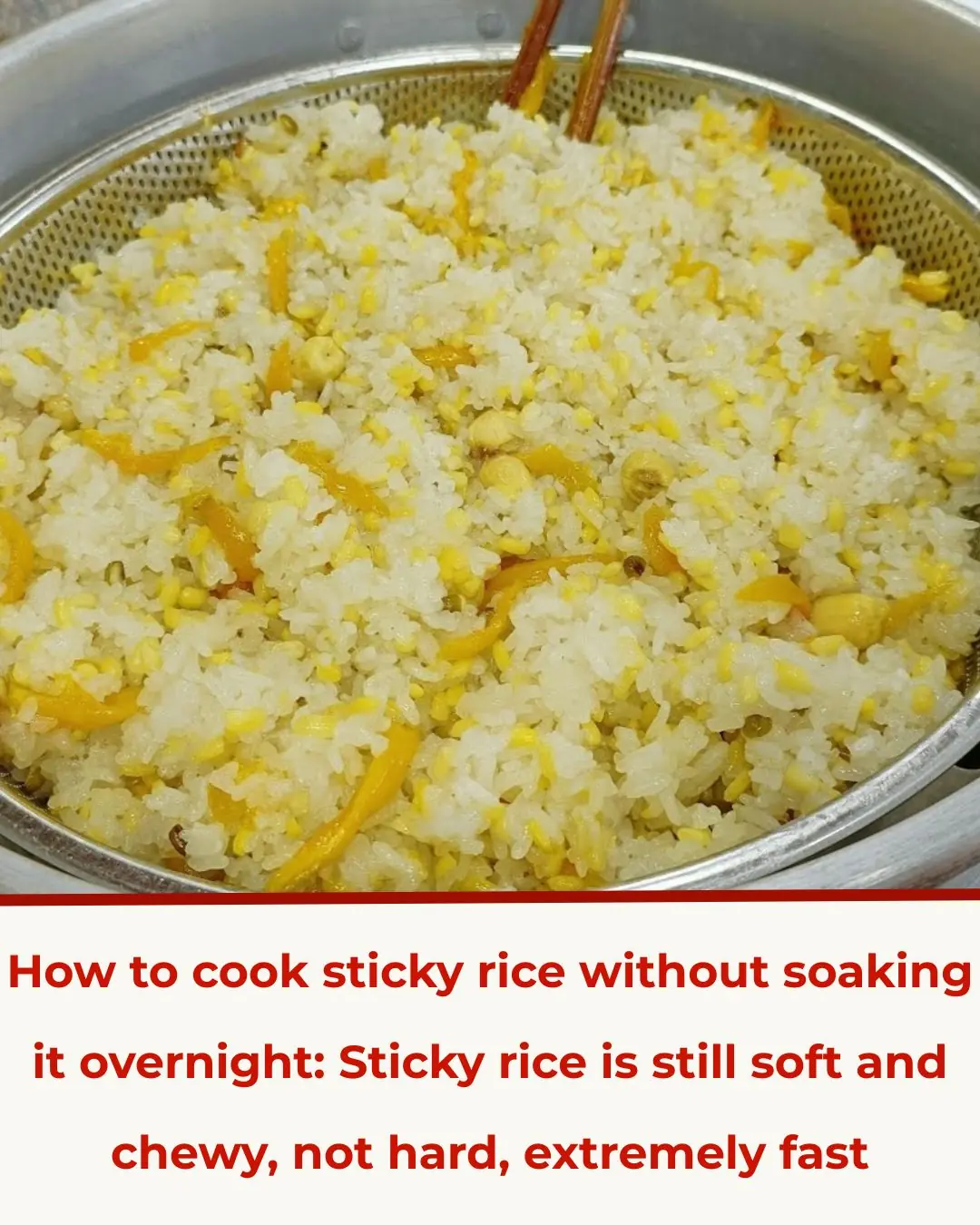
How to cook sticky rice without soaking the rice overnight
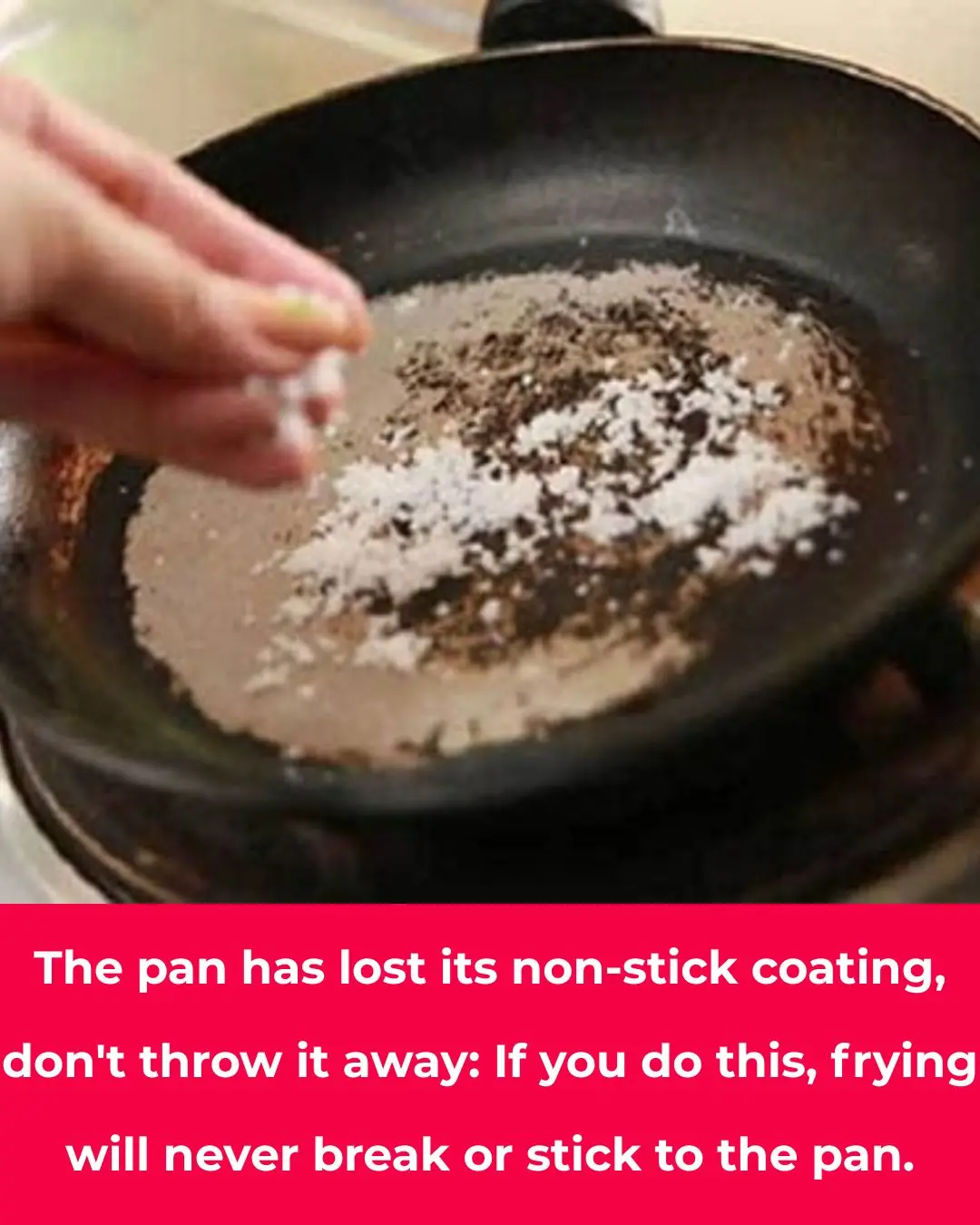
The pan has lost its non-stick coating, so don't throw it away

After receiving the ashes of a deceased person, you should know this...

🔧 What the Little Button on Your Seat Belt Really Does – A Tiny Feature With a Big Purpose 🚗✨

The one thing 98.7% of people do to lower blood pressure without medication

Boil green bananas this way

Why Flight Attendants Often Carry a Banana on Board: The Surprising Benefits

Turmeric dosage: this is how much turmeric you actually need to eat for arthritis, cancer and other diseases
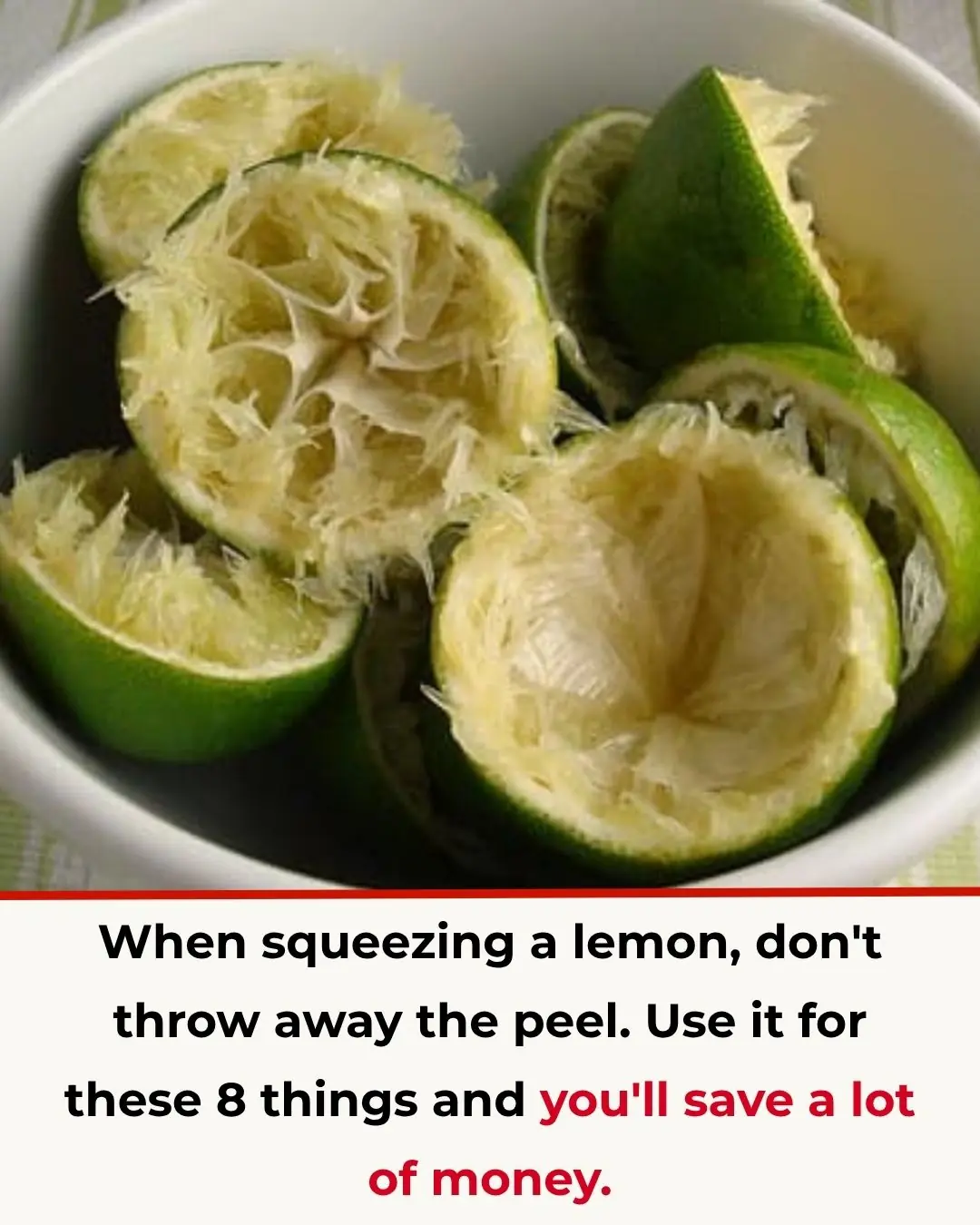
Don’t Toss Your Lemon Peels! 8 Smart Ways to Save Money and Make Life Easier

Why Sleeping in Socks Might Be the Secret to Better Sleep

The 1-cup bedtime drink that stops you from waking up at 3 AM
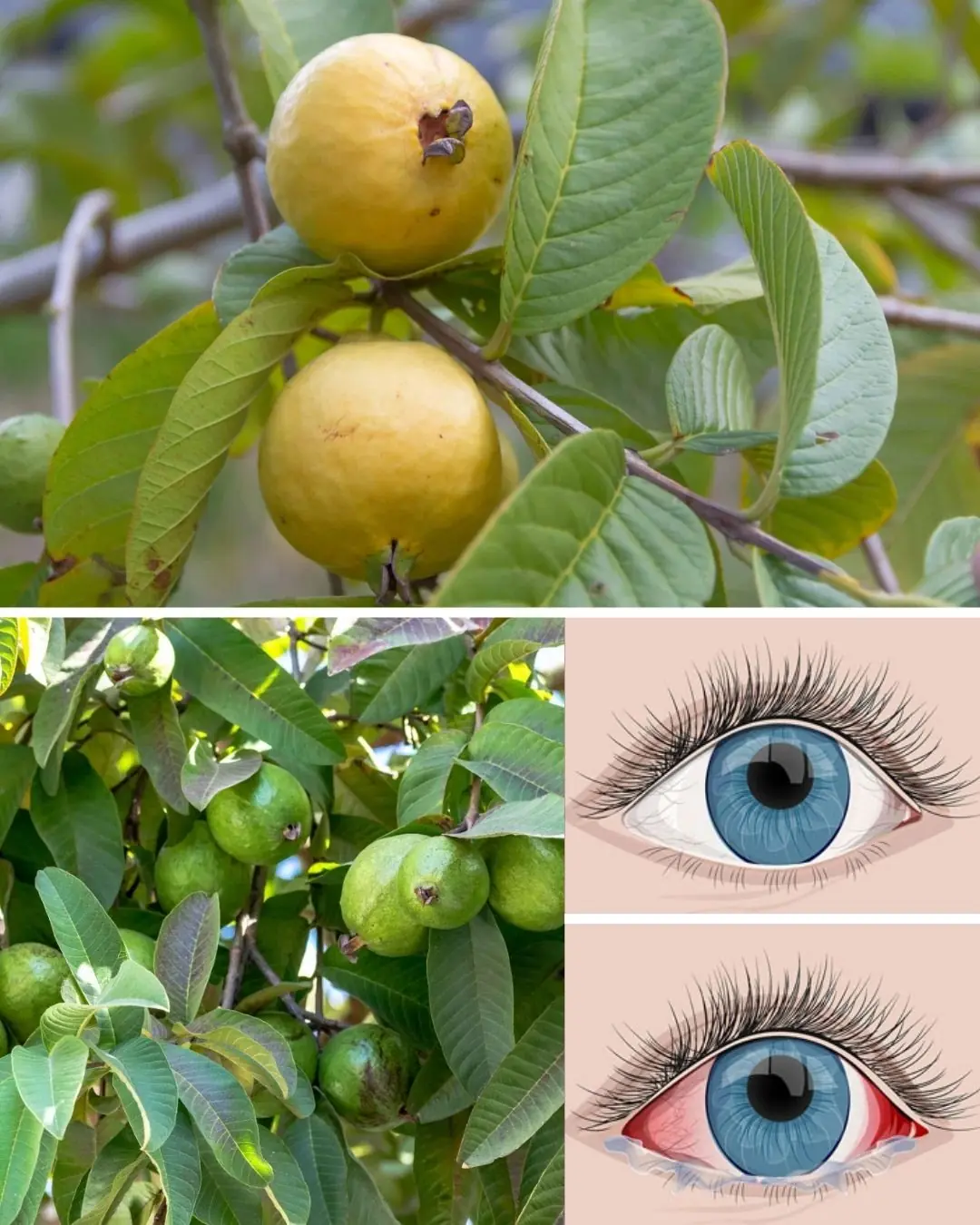
How to Use Guava to Care for Your Eyes: Natural Remedies That Surprise 🌿
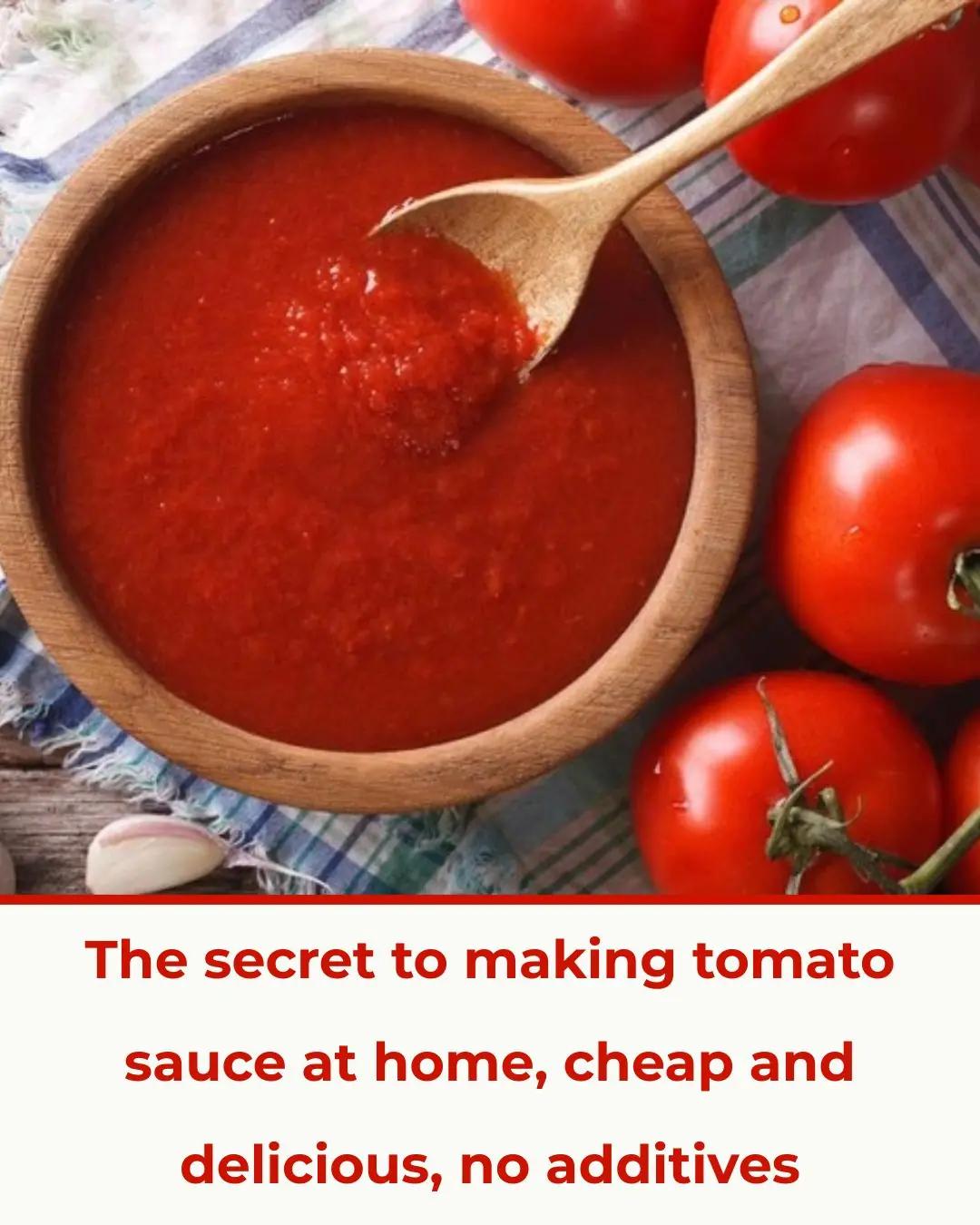
The secret to making your own tomato sauce at home

Why Hot Dogs and Processed Meat Might Be the Most Dangerous Foods of All Time
